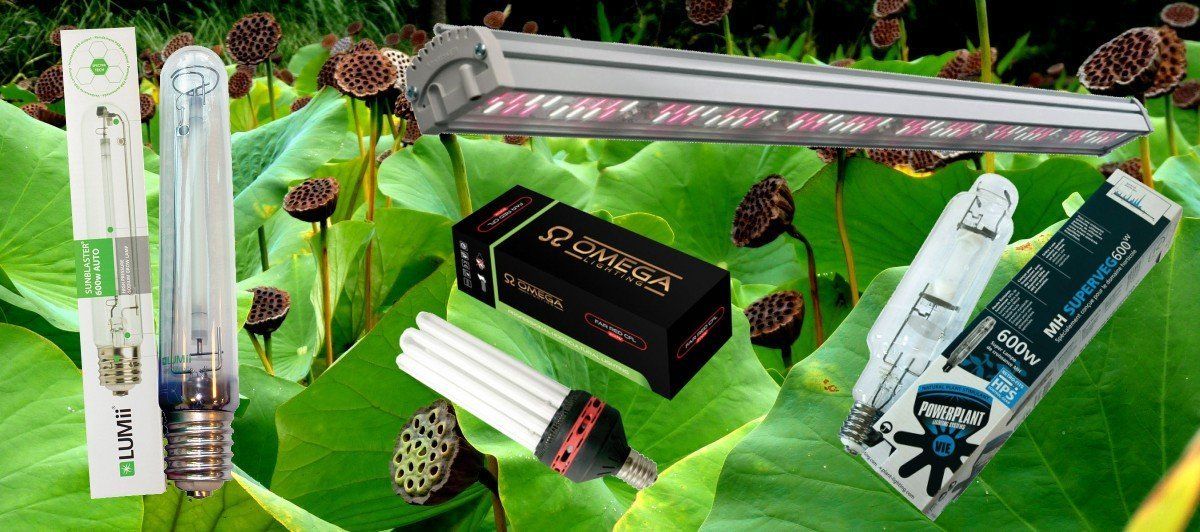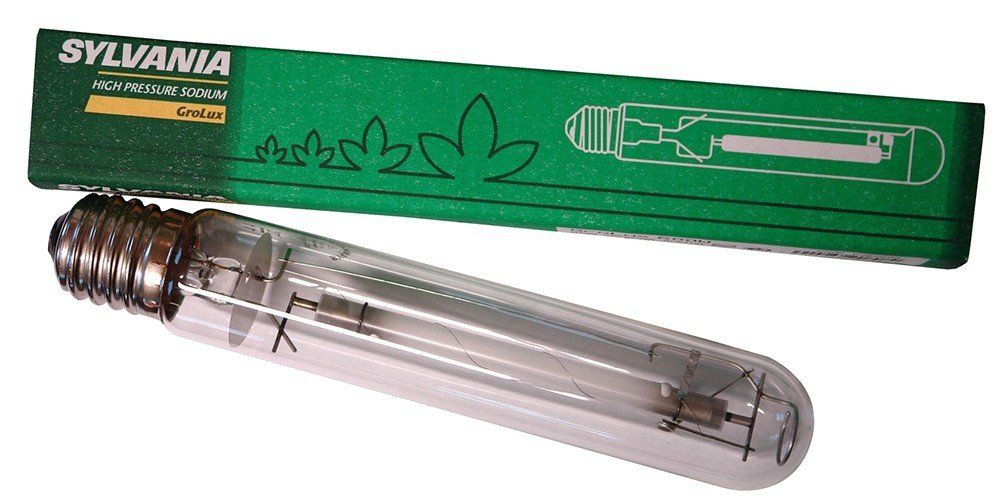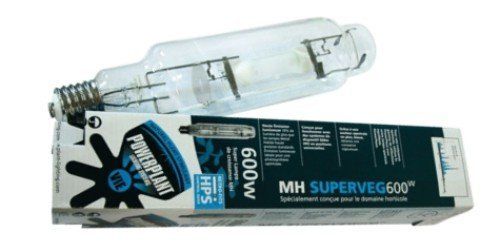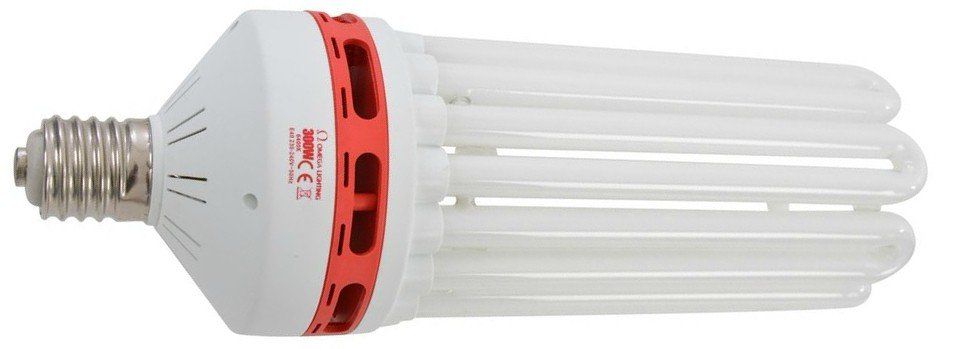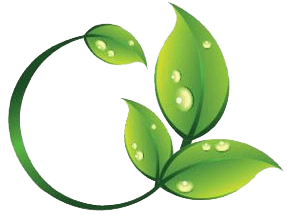I See The Light!
The question is - which light should I choose?
Just as sunlight energises the world, lighting is of course a crucial element for your indoor garden. The question is here - which type of lighting do we choose and when do we use it?
HPS - High Pressure Sodium
This is one of the most popular option for lighting among experienced indoor growers. HPS lighting has been in use for a good few decades and has always remained consistent. The light produced is of high intensity and is the closest artificial light to sunlight.
One benefit of high intensity light is the height at which the plants can grow. However, the heat that is generated means that the grow room requires very efficient ventilation to prevent overheating.
High Pressure Sodium produces orange light which is ideal for the flowering stage of growth. Examples of plants that thrive with HPS lighting are peppers and tomatoes.
MH - Metal Halide
Metal Halide lighting is similar in many respects to HPS both in terms of efficiency and heating.
The main difference is that MH bulbs emanate a blue light that is very well suited to leafy plants or plants prior to their flowering stages.
The two types of lighting work well in subsequent combination providing the generated heat is taken account of.
LED - Light Emitting Diode
LED lighting has received mixed reviews over the years. The operating costs and the durability of them is certainly advantageous as they will last for several years and are extremely cheap to run compared to other lighting options.
One area where LED lighting proves to struggle is at the flowering stage. If used back-to-back with HPS lighting it does prove to be a successful choice.
LED lighting has an initial cost outlay that is relatively high but the life period and low energy usage certainly repays this.
CFL - Compact Fluorescent Lighting
Compact Fluorescent Lights pack a lot of power into a small space! They can deliver up to 450W from a relatively small bulb.
An advantage of a CFL bulb is the relatively long life - they can typically last for a good ten years and they also produce a low amount of heat when compared to HPS lighting. This means that far less energy is wasted and reduces the need for heat ventilation.
However, despite the relatively high power, the lights have less intensity that their HPS counterparts. This will limit the height and growth of plants to a certain extent.
Emporium's Enlightenment
Whilst all options certainly have their own skills and attributes the most popular and suitable, in our opinion, are the High Pressure Sodium lamps.
HPS lamps are excellent when the flowering stage of plants arrives and providing the heat is controlled always deliver an excellent end result.

